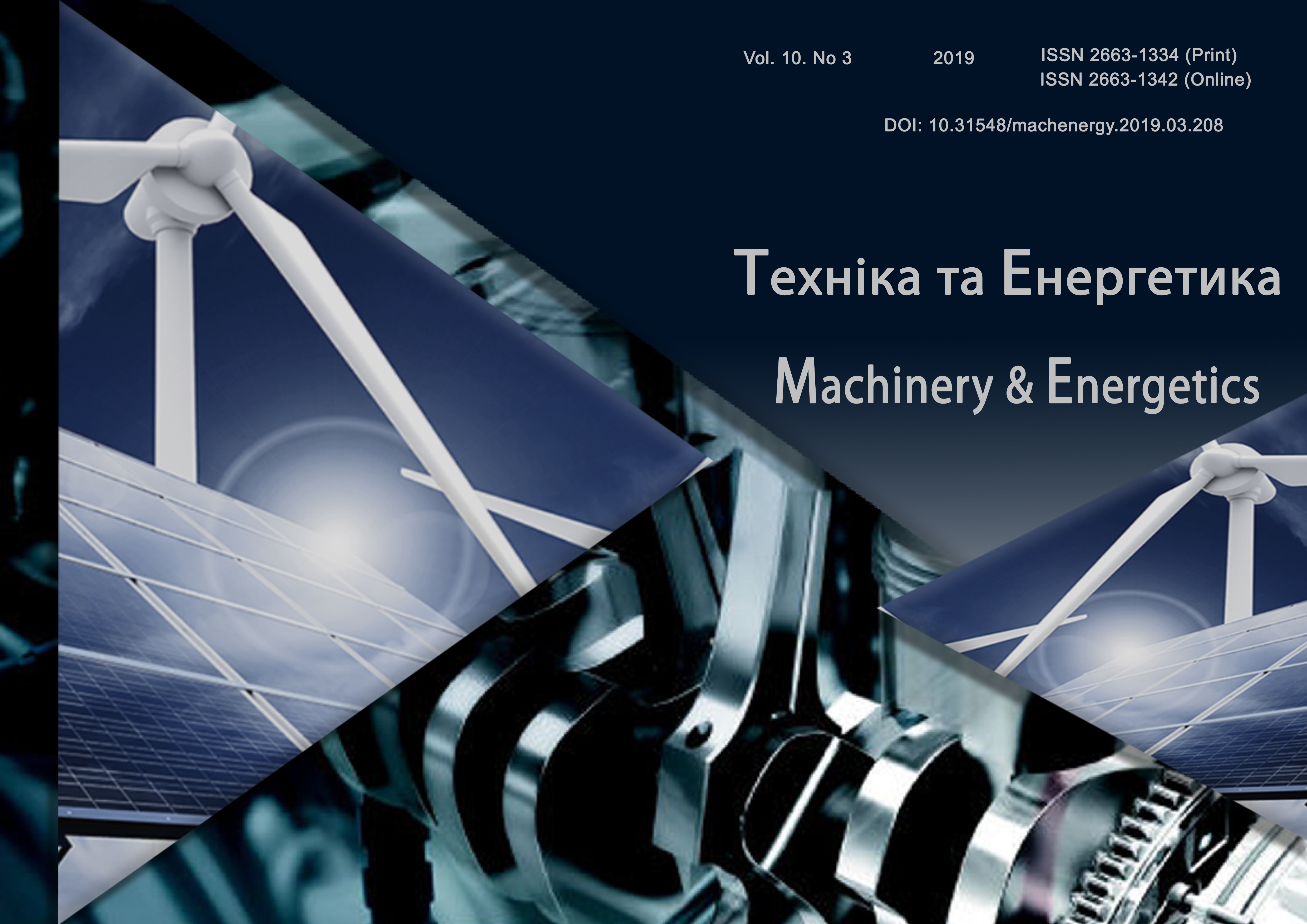Elaboration of high quality structural steels
DOI:
https://doi.org/10.31548/machenergy2019.03.159Keywords:
structural steel, chemical composition, heat treatment, mechanical properties, hardenability, fatigue strength, cold resistance, toughness of destruction, abrasive wear resistance.Abstract
On the basis of complex analytic and experimental studies of processes of crystallization from liquid state and recrystallization basic physical-chemical and phase parameters of structural steels, containing up to 0,4 wt.% C; 3% Si, Mn and Cr; 0,035% N; 0,3% V, were defined and qualitative regularities of their influence were established. These regularities give possibility to forecast analytically chemical compositions and conditions of heat treatment of castings and forgings of structural steels with required combination of casting and mechanical properties, hardenability, fatigue strength, cold resistance, toughness of destruction, abrasive wear resistance, heat stability and stability to reverse temper brittleness. The results of investigations implemented have shown, that low- and medium-alloy by manganese, silicon, and chromium structural steels in combination with nitridevanadium hardening possess essential potential of physical-mechanical properties, which is realized at complex optimization of their chemical composition, deoxidization, types and conditions of heat treatment. The influence of these factors is so extreme and ambiguous that can be effectively optimized only by machine experiment of determined dependencies, presenting themselves as theoretical basis of computer metallography of structural steels. Study of many structural steels shows, that computer elaboration of their chemical composition, conditions of deoxidization and heat treatment ensure the creation new class of cost - efficient alloy steels with unique combination of strength, plastic and exploitation properties. Some examples of optimum heat treatment regimes of castings and forgings for a achieving such properties are presented.References
Yavoisky V. I., Bliznyukov S. A., Vishkarev A. F. (1979). Inclusions and gases in steels. Moscow. Metallurgy.
Averin V. V., Revyakin A. V., Fedorchenko V. I., Kozina L. N. (1976). Nitrogen in metals. Moscow. Metallurgy.
Andronov V. N., Chekin B. V., Nesterenko S. V. (1977). Liquid metals and slags. Handbook. Moscow. Metallurgy.
Banny O. A., Budberg P. B., Alisova S. P. (1986). State diagrams of binary and multicomponent iron-based systems: Ref. ed. Moscow. Metallurgy.
Kolachev B. А. (1985). Hydrogen fragility of metals. Moscow. Metallurgy.
Durynin V. А., Solntsev Yu. P. (2006). Research and improvement of production technology with the aim of increasing the resource of steel products from large forgings of responsible purpose. Sanct-Peterburg: Himizdat.
Downloads
Published
Issue
Section
License
Relationship between right holders and users shall be governed by the terms of the license Creative Commons Attribution – non-commercial – Distribution On Same Conditions 4.0 international (CC BY-NC-SA 4.0):https://creativecommons.org/licenses/by-nc-sa/4.0/deed.uk
Authors who publish with this journal agree to the following terms:
- Authors retain copyright and grant the journal right of first publication with the work simultaneously licensed under a Creative Commons Attribution License that allows others to share the work with an acknowledgement of the work's authorship and initial publication in this journal.
- Authors are able to enter into separate, additional contractual arrangements for the non-exclusive distribution of the journal's published version of the work (e.g., post it to an institutional repository or publish it in a book), with an acknowledgement of its initial publication in this journal.
- Authors are permitted and encouraged to post their work online (e.g., in institutional repositories or on their website) prior to and during the submission process, as it can lead to productive exchanges, as well as earlier and greater citation of published work (See The Effect of Open Access).

